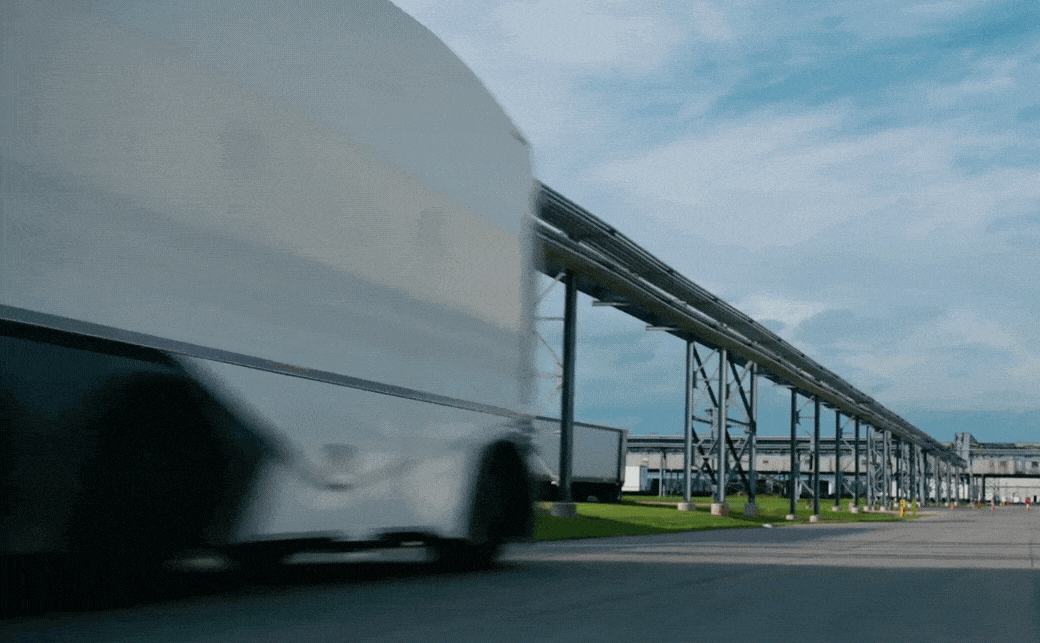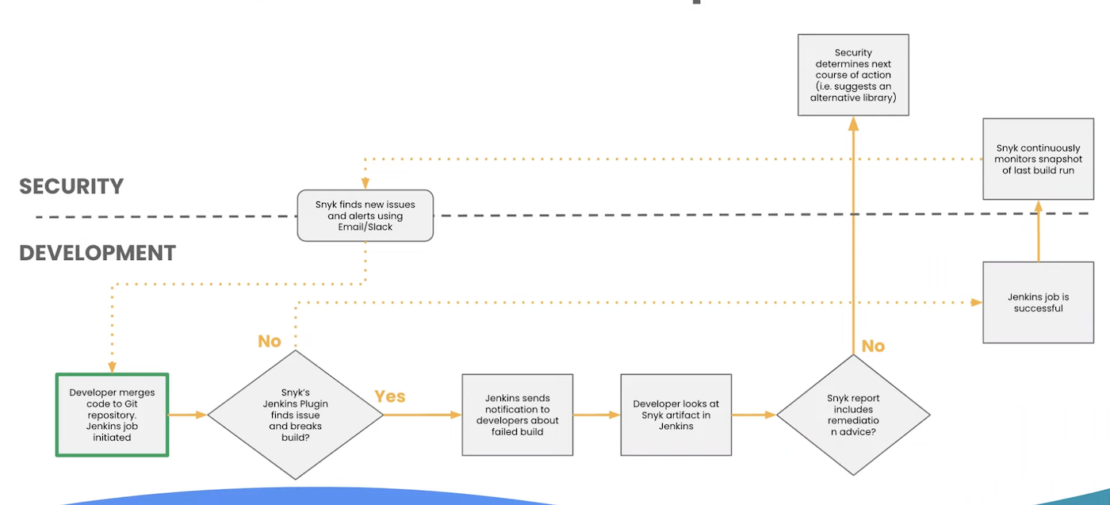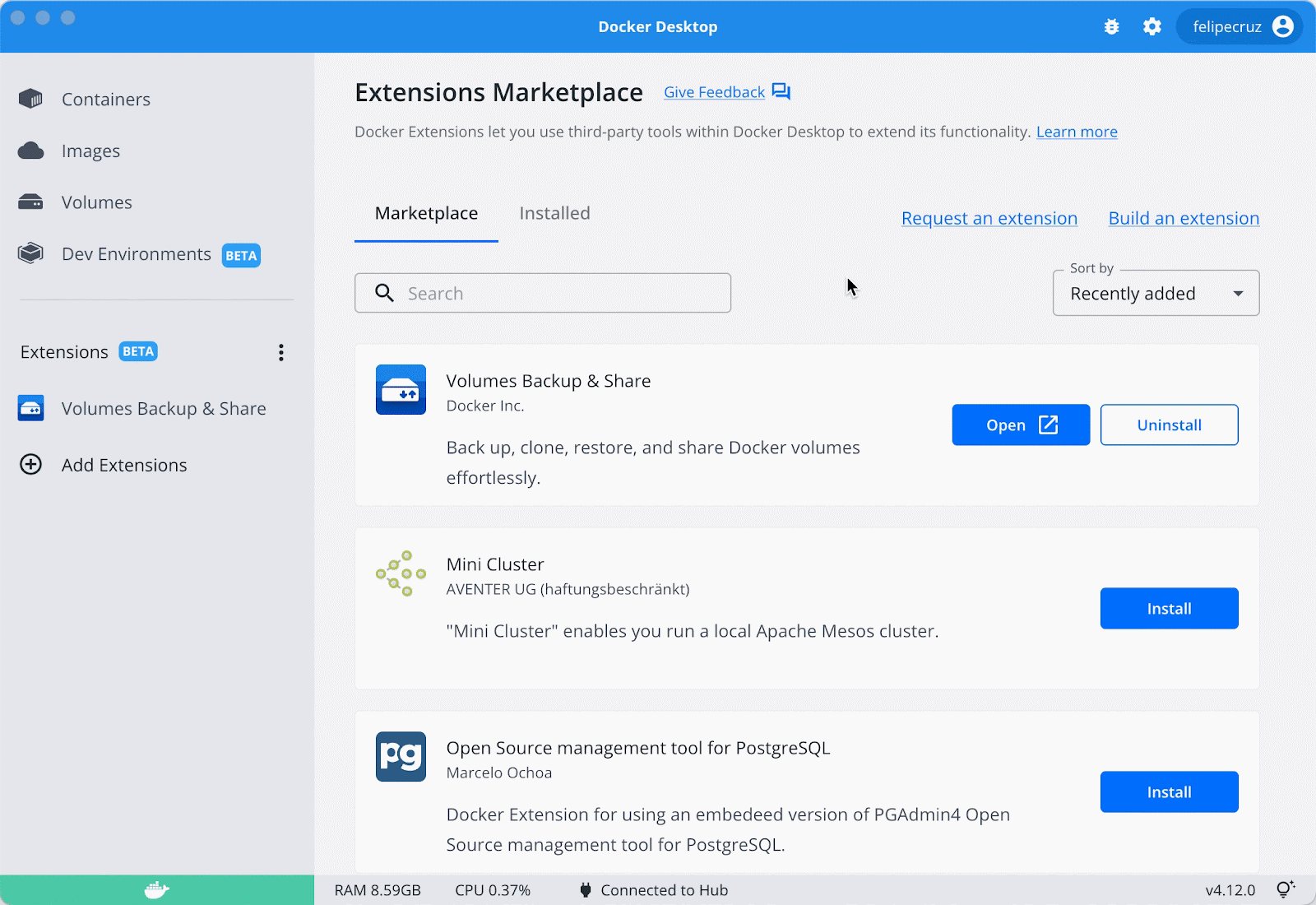Since the launch of Azure Space two years ago, we’ve announced partnerships, products, and tools that have focused on how we can bring together the power of the cloud with the possibilities of space.
Today, we are introducing the next wave of product advancements for this mission and announcing specific ways in which we are democratizing space and empowering our partners.
Announcing the Azure Orbital Cloud Access Preview
A brand-new service that brings the power of the Microsoft Cloud to wherever you need it most.
Announcing the General Availability of Azure Orbital Ground Station
Since the launch of Azure Space in October 2020, we have talked about Azure Orbital Ground Station. Today, alongside our partner network, including KSAT, we are making this service available to all satellite operators, such as Pixxel, Muon Space, and Loft Orbital.
Advancing the digital transformation of satellite communication networks
The first demonstration of a fully virtualized iDirect modem.
Together with SES we are announcing a new joint satellite communications virtualization program.
The collective impact of these announcements points towards two key outcomes. First, we are dedicated to democratizing the possibilities of space by unlocking connectivity and data with the Microsoft Cloud. Second, we can also help support the digital transformation for our customers and partners in the space industry by using the flexible, scalable compute power in Azure.
Announcing Azure Orbital Cloud Access Preview
Azure Orbital Cloud Access brings connectivity from the cloud wherever businesses and public sector organizations need it the most. Across the space ecosystem, we are seeing a proliferation of low-latency satellite communication networks. This massive new expansion of connectivity across fiber, cellular, and satellite networks demands a new approach to connectivity, one which intelligently prioritizes traffic across these options, and bridges resilient connectivity into a seamless cloud experience.
Today, we are announcing the preview of Azure Orbital Cloud Access. Serving as a step toward the future of integrated 5G and satellite communications, Azure Orbital Cloud Access is a new service that enables low-latency (1-hop) access to the cloud—from anywhere on the planet—making it easier to bring satellite-based communications into your enterprise cloud operation.
Specifically, the preview for Azure Government customers unlocks new scenarios and opportunities in areas with low or no connectivity, or where a failover connectivity option is needed. Azure Orbital Cloud Access delivers prioritized network traffic through SpaceX’s Starlink connectivity and Azure edge devices, providing customers with access to Microsoft cloud services anywhere Starlink operates.
"Starlink’s high-speed, low-latency global connectivity in conjunction with Azure infrastructure will enable users to access fiber-like cloud computing access anywhere, anytime. We’re excited to offer this solution to both the public and the private sector."—Gwynne Shotwell, SpaceX President and Chief Operating Officer
Additionally, Azure Orbital Cloud Access manages the entire solution for customers, charging on a simple monthly subscription basis and a pay-as-you-go satellite communications consumption model.
The product also natively integrates with SD-WAN technology from Juniper Networks, which enables customers to prioritize connectivity between fiber, cellular, and satellite communications networks.
The Azure Orbital Cloud Access Preview is currently available for Azure Government customers. To sign up, please contact your Microsoft account team.
Connecting First Responders and the National Interagency Fire Center with Azure Orbital Cloud Access
Azure Orbital Cloud Access enables new scenarios for diverse types of customers and situations. For example, we recently worked with the Wildland Fire Information Technology (WFIT) group at the National Interagency Fire Center (NIFC) in Boise, Idaho. This work consisted of conducting a research test to address the challenge of bringing connectivity to wildland firefighters and incident management personnel, who often work in rural locations.
Tens of thousands of wildland fires occur throughout the United States each year. In many cases, these wildfires occur in remote locations with low or no connectivity, making it extremely difficult for firefighters and fire managers to communicate. Connectivity enables personnel to share information and helps ensure a coordinated response to these fires.
In collaboration with Microsoft, the National Interagency Fire Center conducted a test of Azure Orbital Cloud Access capabilities integrated with SpaceX’s Starlink LEO satellite constellation. The goal of this test was to enable wildland firefighters' connectivity to Microsoft Azure services in remote locations to provide uninterrupted support for firefighting operations and coordination.
This demonstration enabled access to FireNet (a cloud-based application for collaboration and management of wildfires using Microsoft Teams and Sharepoint) and remote access to wildfire data to share key insights to decision-makers in a secure and rapid manner. Through Azure Orbital Cloud Access, we achieved resilient communications and failover capabilities with intelligent prioritized traffic through cellular, fiber, or satellite.
Enabling digital resiliency through 5G and space with Pegatron and the Taiwan Hsinchu Fire Department
Digital resiliency is a key area of focus for Azure Space, and a critical use case for connectivity. As we look ahead at the future of possibilities for combining different pathways for connectivity, we partnered with Pegatron and SES to explore a scenario for natural disasters that brings together the power of 5G and space for the Hsinchu Fire Department.
Using space technology, mobile infrastructure, and Azure’s global footprint, we determined that we could offer alternative pathways for connectivity that exist outside of the reliance on local infrastructure—which is at risk of being damaged in a natural disaster.
"Communications on the front line are critical during natural disasters, but infrastructure is often destroyed, and connections are disrupted. This space-enabled 5G network would give us a much-needed tool allowing our first responders to effectively and efficiently focus on our fight to save lives and property."—Director General Shi-Kung Lee, Hsinchu City Fire Department, Taiwan
In partnership with Pegatron, an emergency response vehicle was built that could be rapidly deployed to disaster zones. Microsoft’s 5G core, Microsoft Teams, Pegatron’s 5G O-RAN base station, and SES’s MEO satellite communication constellation were integrated to create high-bandwidth, low-latency communication for first responders across command sites using Azure, strengthening the Hsinchu Fire Department’s response.
Announcing the General Availability of Azure Orbital Ground Station
Today, we are announcing the general availability of Azure Orbital Ground Station—our fully managed ground station as a service offering which is now available to all customers. Get started today.
The mission of Azure Orbital Ground Station is to work together with our partner ecosystem to enable satellite operators to focus on their satellites and operate from the cloud more reliably at lower cost and latency, allowing operators to get to market faster and achieve a higher level of security with the power of Azure. Through Microsoft’s unique partner-focused approach, we are bringing together a deep integration of ground station partner networks to enable our customers’ data delivery to an Azure region of choice at zero cost, thus reducing their total operational costs and ensuring data is available in the customer’s Azure tenant for further processing.
Pixxel
Pixxel is a space data company focused on building a constellation of hyperspectral earth imaging satellites and the analytical tools to mine insights from that data in the cloud. With the partnership of KSAT and Microsoft, Pixxel can minimize its time to market, access world-leading ground coverage, and lower its operating costs.
Microsoft’s integration with KSAT’s extensive network around the world enables Pixxel to stream their data directly to the Azure Cloud with zero data backhaul costs, and then further process it using Azure's AI/ML services to generate customer business insights.
Loft Orbital
Loft Orbital is a space infrastructure company offering rapid, reliable, and simplified access to space as a service. We previously announced a strategic partnership with Loft Orbital for on-orbit compute to enable a new way to develop, test, and validate software applications for space systems in Microsoft Azure, and then deploy them to satellites in orbit using Loft's space infrastructure tools and platforms. The first Azure-enabled Loft satellite will be launching next year and will be available for governments and companies to seamlessly deploy their software applications onto space hardware within the Azure environment.
Today marks the next step of our partnership. Alongside the launch of Azure Orbital Ground Station, Loft Orbital and Microsoft will support end-to-end customer missions as a service. Working with Microsoft, KSAT demonstrated how an existing customer, Loft Orbital, can test and onboard to Azure Orbital Ground Station and benefit from Microsoft and KSAT ground stations to support their specific mission needs.
Muon Space
Muon Space is developing a world-class satellite remote sensing platform to power data-driven decisions about the climate. Muon provides organizations with a turnkey solution to collecting datasets needed to achieve their environmental goals.
Many of these use cases are unlocked by global coverage and rapid cadence of observations. Azure Orbital Ground Station will support Muon’s coverage needs and operation by increasing the number of ground locations to ensure multiple contact opportunities on every orbit.
In addition to our ground stations, Muon Space is partnering with Microsoft’s sustainability product team to develop products targeting enterprise Environment Social Governance (ESG) analytics derived from their Earth Systems data.
Accelerating the pace of digital transformation for satellite network operators
Digital transformation is central to the DNA of how Microsoft operates. We believe in the power of the Azure cloud to transform industries—from healthcare, to retail, and even space. Satellite network operators and the communication they provide are unique in their digital transformation and transition to cloud technologies.
The future of the space industry depends on a way to realize the flexibility and scale that virtualization provides, transitioning away from capital-intensive hardware procurement cycles, while continuing to support existing non-virtualized networks. Azure Space is building a platform to enable the industry to make this transition seamlessly.
ST Engineering iDirect
Last year, we announced our partnership with ST Engineering iDirect, one of the industry’s largest ground segment providers. And today, we are showing progress on that partnership by announcing the first demonstration of an iDirect high data-rate modem running fully virtualized as a piece of software on Azure. This innovation is an example of Azure Space approach to digital transformation for space: bringing what was custom hardware into software that runs on standardized cloud computers—enabling flexibility, elasticity, and cost reduction for satellite operators.
SES
Two years ago, we announced our partnership with SES to bring cloud innovation to the Space industry and to ensure that our customers will have access to Azure services regardless of where they are.
This expanded into our selection of SES as the Medium Earth Orbit (MEO) network partner for Microsoft Azure orbital and co-locating ground stations of O3b mPOWER, SES’s second-generation MEO constellation, with Azure Cloud regions which will ensure customers one-hop and direct cloud access for secure and reliable delivery of Azure services and applications.
Today we're announcing an expansion of that partnership through a new joint Satellite Communications Virtualization Program. Through this program, Microsoft and SES will create the world’s first fully virtualized satellite communications ground network by focusing on software-defined hubs, customer edge terminals, new virtual network functions, edge cloud applications, and more. This virtualization will align cloud and satellite network architectures and enable 5G technology to be used in commercial satellite networks—bridging the gap between terrestrial and non-terrestrial connectivity networks. A virtualized architecture also allows for quicker standardization of system interfaces, which promotes more automation, API-based control, and cross-industry interoperability.
In the near term, this program will define and implement the pre-production architecture for a fully virtual SES ground station, which ultimately will serve as the blueprint for future fully virtualized ground station sites that bring the power of Azure to the Space ecosystem. For instance, a virtualized ground network will create a new paradigm where modem and antenna partners focus on developing software-defined networking technologies as opposed to hardware-centric offerings. This improves the velocity of ground system deployment and reconfiguration to match customer service needs.
"To truly cloud-enable space networks, satellite ground networks need to be open and programmable. This is especially critical since the customer edge for satellite networks is often in remote locations or in industries such as aviation and government with stringent security and certification requirements so upgrading disparate, proprietary equipment is costly and slows the delivery of new value-added services. Together with Microsoft, we will virtualize all aspects of satellite ground networks with standard, open hardware, software-defined radios, virtualized network functions, and edge cloud applications that can be dynamically programmed to create a virtual ground network."—John-Paul Hemingway, Chief Strategy and Product Officer of SES
Microsoft and SES will release a request for proposal (RFP) in the fourth quarter of this calendar year for the first cohort of program participants to seed this new, all-virtual ecosystem.
Conclusion
Azure Space democratizes access to and the power and capabilities of satellites to empower every organization on the planet to achieve more. These announcements are focused on what Azure and Microsoft do best—function as a platform for our customers and partners to unlock new business opportunities, empower our customers to digitally transform, and work closely with industry leaders to innovate. They forge what we aspire to enable—a future for the cloud where our customers combine the power of Azure with the possibilities of space.
Quelle: Azure







